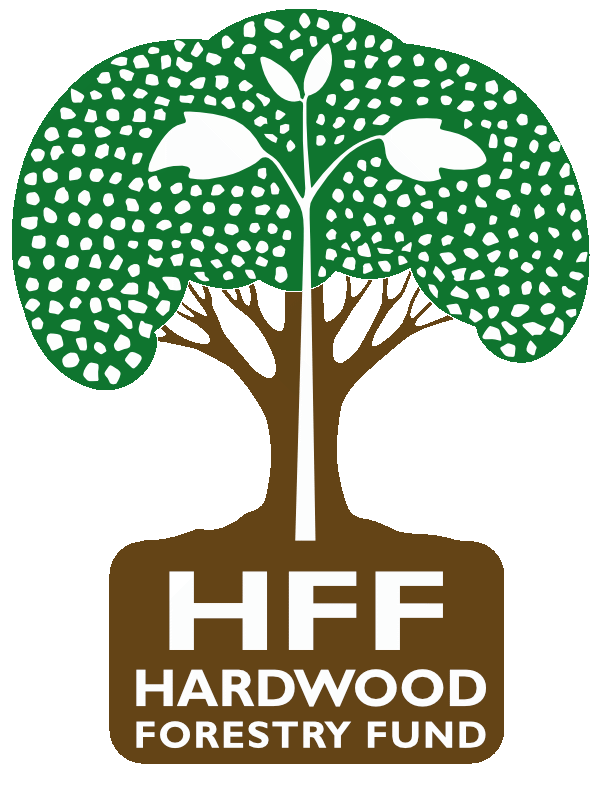OREGONOregon State University, Corvallis Project # 14Oregon State University acquired a piece of property unique among its holdings: a bottomland hardwood site. It supported ash, cottonwood, and bigleaf maple. The OSU College of Forestry developed this area as an Extension demonstration area for hardwoods. They have a hybrid poplar demonstration that includes 23 different clones. They also had a hardwood species evaluation trial, which was removed to make room for a long term demonstration. They established large demonstration blocks of the successful species from the earlier trial. The HFF funded the purchase of seedlings and explanatory signs for this demonstration. Planting blocks, about an acre in size, include 2 species in mixture to demonstrate features like the value of including nitrogen fixing plants in a forest, product diversity, and the strategy of sequencing crops in the same forest to produce a more stable income. A deer fence was built to protect the planting. This demonstration area is used in their Extension programs to educate foresters and woodland owners about the management potential of hardwoods. In the Pacific Northwest, foresters and landowners alike often do not have familiarity with the growth requirements, management needs, and growth potential of hardwoods. The trials that have been done clearly show that hardwoods grow well in this region and can offer landowners some advantages over the ubiquitous conifers. Markets exist for products from these hardwoods. The seedlings planted on the 6 acres included 450 Cherrybark Oak 450 Nuttall Oak 450 Water Oak 170 Black Cherry 170 Walnut (nigra x hindsii) 520 Paulownia 170 Bigleaf Maple 340 Chestnut 680 Autumn Olive (a nitrogen fixing shrub with high wildlife value). Many thanks to our project manager David Hibbs , Professor Emeritus, at Oregon State University for organizing this HFF project.
|
